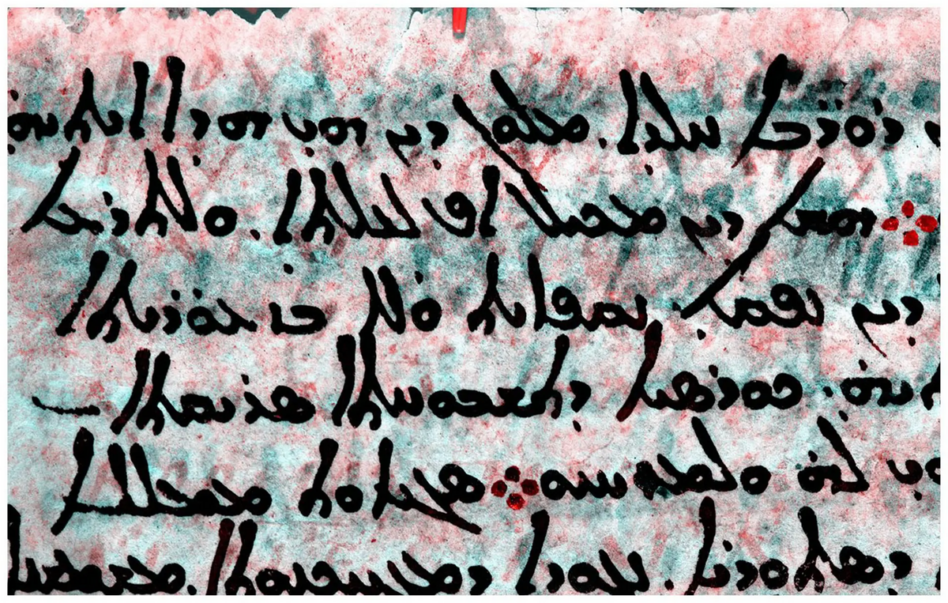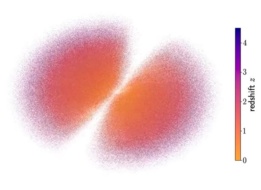For millennia, humanity has been gazing up toward the stars, trying to make sense of the glittering madness. Hipparchus, a Greek astronomer who lived about 2,100 years ago, is credited not only with creating trigonometry, but also with assigning the first numerical coordinates to stars. The fabled star catalog itself was lost to the ages. We only knew it existed through the writings of Ptolemy, who lived ~400 years later.
Until now, that is.
In 2012, while examining a 146-page medieval Syric text called the Codex Climaci Rescriptus housed in the Museum of the Bible in Washington, DC, a student stumbled upon a bit of Greek text that had been erased and written over. Upon further examination, researchers identified the Greek passage—it had previously been attributed to the astronomer Eratosthenes, who holds credit for making the first measurement of the size of the Earth.
Further examination ensued. The codex is a palimpsest, meaning it’s written on parchment that had been erased so it could be reused. In 2017, researchers took 42 photographs of each page of the codex, each in a different wavelength, trying to get a better picture of the faded, smudged Greek writing underneath.
A few years later, science historian Victor Gysembergh got a call from biblical scholar Peter Williams, who had been poring over the images. “I was very excited from the beginning,” Gysembergh told Nature. “It was immediately clear we had star coordinates.”
The first page the researchers deciphered contained the coordinates of the constellation Corona Borealis. It included the length and breadth, as well as the coordinates of the stars furthest in each cardinal direction. The coordinates line up with Ptolemy’s writings—and with real stellar coordinates.
Now, researchers are poring through the pages of the codex, looking for more star coordinates and further evidence that this document is, in fact, a piece of Hipparchus’ long-lost star catalog.
(I, for one, am waiting with bated breath for more. Rumor has it he mapped the whole sky.)
This story first appeared in Parallax, our weekly science newsletter. Subscribe to Parallax here.




